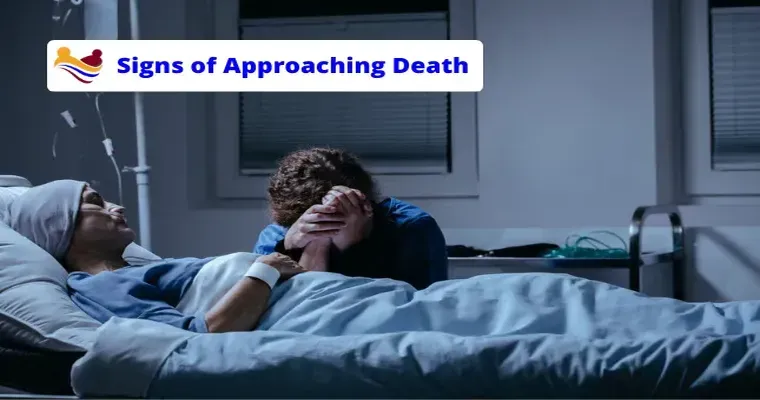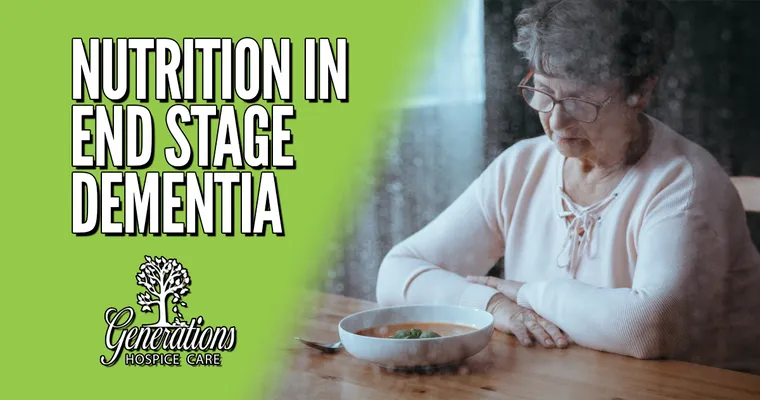Understanding the "signs that death is near" is an essential aspect of "end-of-life care". This knowledge can help families prepare emotionally and practically for the passing of a loved one. It is a challenging time, but recognizing the symptoms can lead to more meaningful moments in the final days. In this article, we will explore the common signs that may indicate that someone is approaching the end of their life.
One of the first signs that death may be imminent is a noticeable "decrease in appetite". As the body begins to shut down, individuals often lose interest in food and drink. This can be distressing for caregivers who want to provide comfort, but it is a natural part of the dying process. It is important to encourage hydration when possible, but forcing food can lead to discomfort.
Another significant sign is "changes in consciousness". Many individuals may experience periods of confusion, disorientation, or even unresponsiveness. They may drift in and out of sleep and appear to be unaware of their surroundings. This can be difficult for family members to witness, but these changes are often a normal part of the transition toward death.
Physical signs can also manifest, such as "labored breathing" or changes in the rhythm of breathing. This may include periods of rapid breathing followed by pauses, known as Cheyne-Stokes respiration. This pattern can be alarming but is common as the body begins to slow down.
Additionally, it is not uncommon for individuals nearing the end of life to exhibit "coolness in the extremities". As circulation decreases, hands and feet may feel cool to the touch, while the body may feel warmer. This is a natural physiological response and is often accompanied by a pale or mottled appearance of the skin.
Emotional and psychological signs should not be overlooked. Many individuals may begin to "withdraw socially" or spend more time in solitude. They may also engage in conversations with unseen entities or express feelings of déjà vu. These behaviors can be unsettling for loved ones but can also signal a person’s acceptance of their impending death.
Lastly, a sense of "spiritual awareness" often emerges as individuals approach death. This may manifest as a desire to reconcile relationships, seek forgiveness, or express gratitude. Families may witness profound moments of clarity and peace, which can provide comfort in an otherwise difficult time.
In conclusion, recognizing the "signs that death is near" can help families navigate the complexities of "end-of-life care". By understanding these indicators, caregivers can provide the necessary support and compassion during this intimate journey. It can be a time of reflection, love, and connection, allowing families to cherish the remaining moments with their loved ones.





